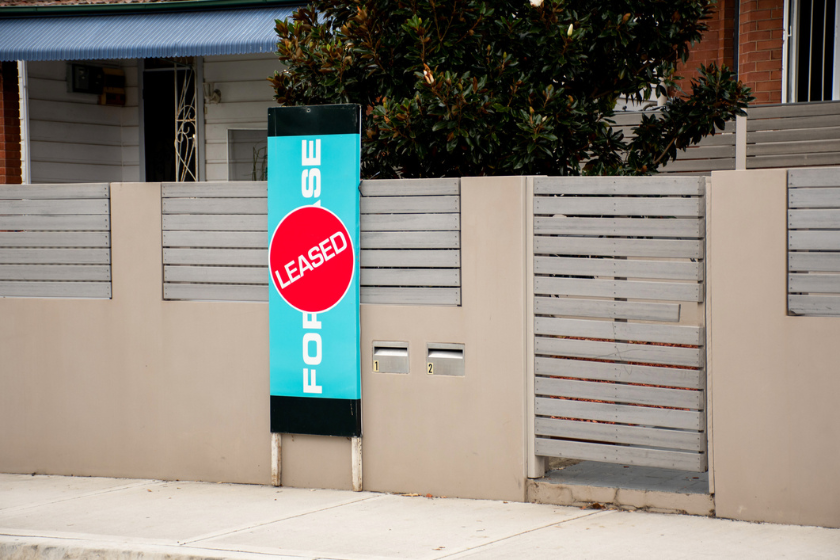In my region: Limestone Coast, SA
The Limestone Coast, which occupies South Australia’s southeastern corner, is known for its cool climate wines,...
READ MORE
If efforts are not focussed on the availability of skill and talent in regional areas, on local amenity and on liveability, the result will be negative for regional communities and SMEs – and that’s bad news for the economy.

“If the regional SMEs aren’t thriving, it means those communities won’t prosper,” Regional Australia Institute CEO Liz Ritchie says.
“And you can’t have a successful national economy without a successful regional economy. Regions support so much of the exports and the productivity. Everything is interlinked.”
In the past, one of the greatest challenges for regional SMEs has been sourcing labour and talent. Today, that challenge is more complicated by housing pressure – regions are less appealing as housing costs inflate, and regions are struggling to house staff locally.
“In regional communities, key worker housing has become quite tight,” Ritchie says. “This situation has developed relatively quickly and has caught those communities, and decision makers, by surprise. It takes time to fix this issue, and that can have a flow-on effect for small business.”
CoreLogic’s February 2024 regional market update revealed the value of regional properties outpacing those in capital cities, with a 1.2% increase in value over the quarter to January, compared to 1.0% in capitals. Regional rents had also increased more than capital rents, 2.3% compared to 2.1%.
Those figures are only for a three-month period – the issue is a longer-term one.

The median property value in Bundaberg has increased 74.1% in the past five years, and median weekly rent 52.9%.
“Regional cities in the 'sweet spot' – offering commuting options to a capital city, a lifestyle dividend, and affordable housing – will likely experience stronger demand than they did pre-COVID,” CoreLogic Research Director Tim Lawless said.
During the decade to 2022, the Regional Australia Institute’s National Regional Housing Summit 2024 report says, the regional population grew at an average of 89,000 people per year. In four out of those 10 years, however, the number of homes approved for construction declined.
Just 23.3% of regional dwellings are available for rent in regional areas, compared to 32–51% in urban areas.
And while rents in major cities fell during the pandemic years, regional rents continued to increase. In regional areas, the rental vacancy rate slipped from 1.5% in September 2022 to 1.2% just 12 months later.
“Even prior to the supercharged COVID migration to the regions, we were already starting to see signs of too much focus being given to houses in regions, where what is needed is apartments and townhouses,” Ritchie says.
“However, there are some regions that are demonstrating innovative practices. In Dubbo, developers are constructing a multi-storey apartment building on the main street. And a community bank has been helping empty-nesters transition to lifestyle, low-maintenance accommodation that’s more appropriate for their stage of life, and therefore freeing up larger homes for young families.”
The often quiet, one- and two-storey main streets of Australian towns have never been considered sites for high-rise residential developments. But, as Ritchie says, Dubbo, a regional city in New South Wales’s western plains, has broken the mould.
That’s important, she believes. Australia has been behind much of the rest of the world in terms of providing such choices of accommodation in regional areas. The more it becomes the case in Australia, the better it is for local business.
The median value of a dwelling in Dubbo at January 2024 was $496,191. If the previous quarter’s 2% growth was repeated, the median value would break the half-million dollar milestone before April. Over the past five years, the median value of a dwelling in Dubbo has increased just over 40%.
Rental affordability is not faring much better. A repeat of the previous quarter’s 2.3% growth would push median weekly rental over $500, while median weekly rents had risen 37% over the past five years. That $500 rental cost just $365 in 2019.
Dubbo is not topping the list of median value or median rental increases – Bundaberg in Queensland, for example, has posted a 74.1% five-year increase in median value and 52.9% five-year increase in median weekly rent.
In Dubbo, however, there is action to increase housing.

A 15-storey, 80-apartment tower is being built in Dubbo, with 75% of apartments already under contract.
The project in Dubbo, population 74,084, involves the construction of a 15-storey residential and retail building. Completion is expected in the fourth quarter of 2025, and 60 of the 80 apartments are already under contract.
“They’re retirees and they’re downsizers,” says John Walkom, Director of Walkom Brothers which, alongside Harvey Norman’s Gerry Norman, is financing the project.
“They want a turnkey option and not to have to worry about outside maintenance. There’s a lot of this demographic coming through – Baby boomers are only just starting to really hit the market for this type of living in regional areas.”
Other solutions include developing new residential subdivisions to encourage new builds and prevent stagnation of housing stock, as is happening in Beaufort, Victoria, population 7,671.
In Winchelsea, Victoria, population 2,033, the local Community Bank Surf Coast is developing independent living units and encouraging related support services for older people.
And in Quilpie, Queensland, population 698, the local council launched a scheme offering $12,500 grants – increased to $20,000 in 2023 – to people who buy land, build a house and move in for at least six months.
All of these programs are aimed squarely at boosting relevant housing stock.
Success in SME talent sourcing doesn’t only come down to projects launched by councils and policy settings at government level, although these certainly help.
The SMEs themselves must also come to the party, Ritchie says. That involves a change in mindset around how and who they look to for their staffing requirements.
“There are only three ways to fill jobs,” Ritchie says. “One is to attract city dwellers. Two is to attract international migrants. And three is to grow talent within your own community.”
It’s the third option that SMEs should look to for a rich and diverse range of potential talent, she says.
“How do we upskill the existing community?” Ritchie asks.
Ritchie’s Regional Australia Institute released a report late last year called Against The Odds. It found that there are 50,000 people who want to work across six key cohorts:
“How do we think differently about training programs and pathways? How do we utilise the underutilised [and] tap into these cohorts that have higher levels of under-employment?” Ritchie asks.
“It’s just often a case of having a more open mind for what’s actually available. The beauty of this solution is that if you’re seeking talent in your own community, they already have a roof over their head in most cases, so you’re avoiding the accommodation challenge.”
There are responsibilities on all stakeholders when it comes to solving the greatest challenges for regional SMEs, and for the nation’s sake it is one worth solving.
“We spend our time trying to tell decision makers that they need to double down their efforts, whether it’s new policy solutions or investment,” Ritchie says.
“Everybody needs to double down their efforts in regional Australia.”